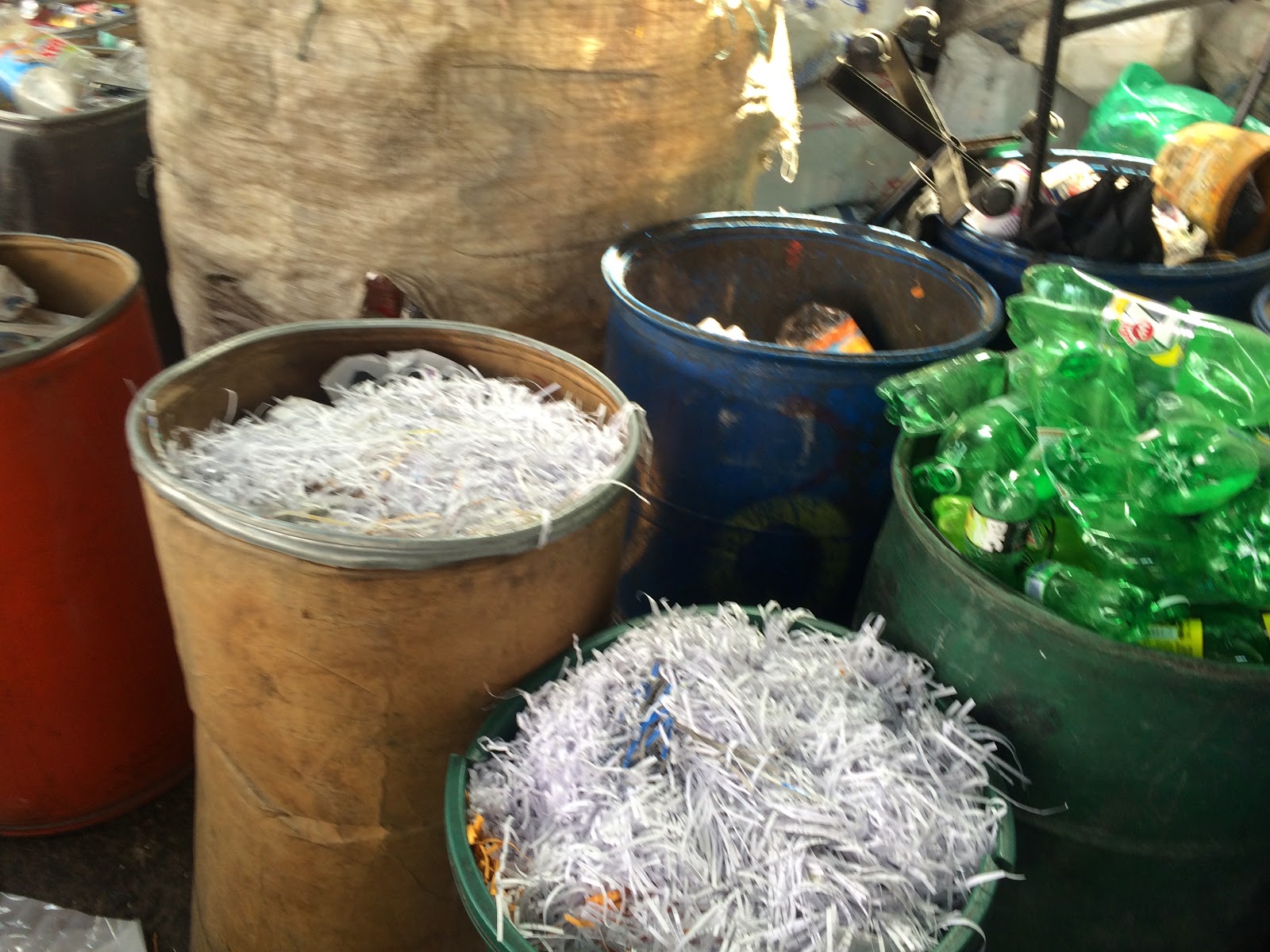Bogota, Colombia. After hearing a lot about the industry in Bogota, I had to make a detour there.
This was probably my favorite sight of the day; a bike picking up recycling. Garbage/Recycling trucks are incredibly fuel innefficent, averaging around 3-5 miles per desiel gallon. They create smog pollution and noise pollution, and they are horrible for the steets costing municipalites more money then they probably realize.
Here is one of the hundreds of donkey carts used to collect recycling by independent street workers all over the city. They collect, sort, and bring their recycling to mom and pop buyers all over the city. People are hauling these carts around because last year the Mayor banned horses. I heard he gave some trucks to the bigger companies, but I see many people lugging these around, not so many trucks....at least there is less smog?
Here is a street recycler I kept in touch with while in Bogota. His turf was the neighborhood where I was staying. He said he was making $0.036 a pound off of PET, still not a lot, but much better than any price I found in Peru. There must be healthier recycling markets here in Bogota. He collects glass, aluminim, plastic and cardboard.
And again, the best of the best....REUSE.- Here my hostel collects empty glass soda and beer bottles and the items are picked up by a guy on a motor bike and taken back to the bottler. BETTER THAN RECYCLING
Basura CERO, a Program launched by the Mayor last year. By no means is Bogota Zero Waste. A qualification meaning you achive a 90% waste diversion rate in the US. I believe Bogota is around 20%. You have to start somewhere.
Here, a recycler with a Basura Cero loggo on his cart (maybe he is somehow associated with the City´s program?) follows the garbage truck on its route collecting recycling before it goes into the trash truck and is lost forever. I saw many folks following the truck routes collecting recycling.





























